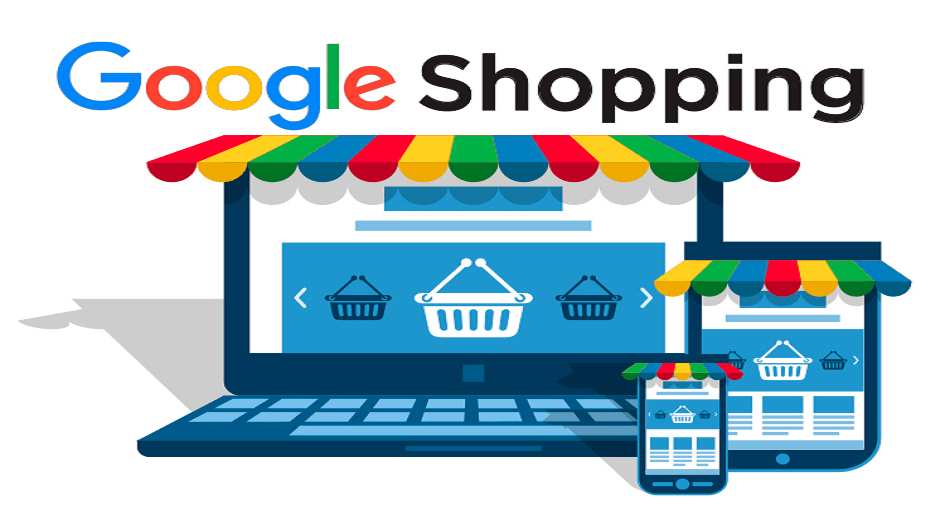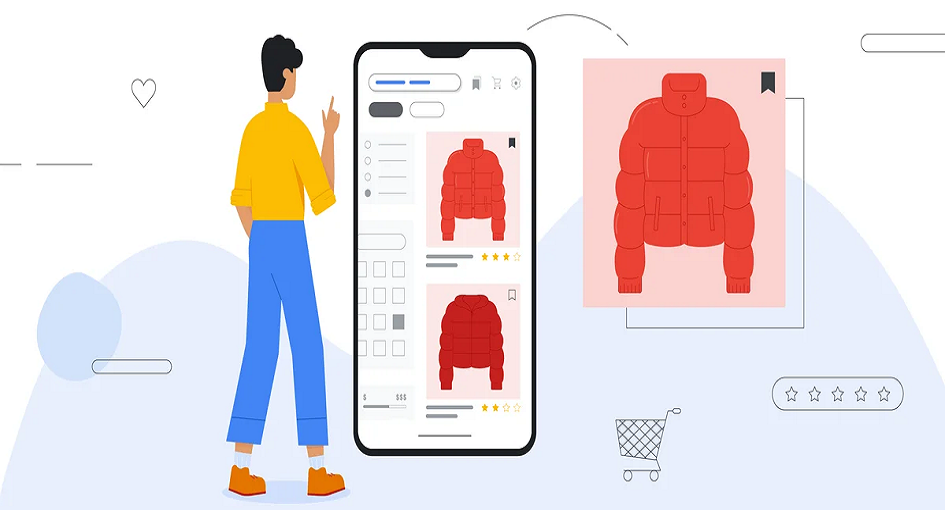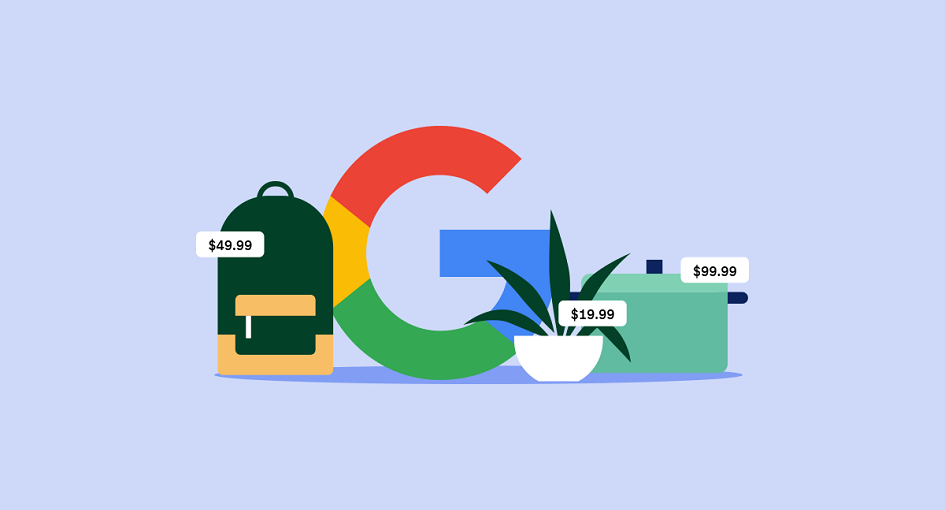
In the ever-expanding world of e-commerce, having your products discovered by potential customers is paramount. Google Shopping, an integral part of Google Ads, offers an effective platform for businesses to showcase their products directly in Google’s search results. This comprehensive guide will provide an in-depth understanding of Google Shopping, from how it works to the strategies for success.
Google Product Shopping, previously known as Google Product Listing Ads (PLAs), is an advertising platform that allows businesses to display their products in Google search results. It offers a visual and informative way for users to find products they want to purchase.
Google Product Shopping operates through a combination of data feeds, product listings, and a competitive ad auction:

Google Product Shopping offers different campaign types, including:
To set up Google Product Shopping, follow these steps:
Optimizing your product listings is the cornerstone of success in Google Product Shopping. It’s all about ensuring that your products stand out in the crowded online marketplace. To achieve this, consider the following key strategies:
First and foremost, focus on crafting compelling product titles and descriptions. These should not only accurately describe your products but also entice potential customers. A well-crafted title and description can make the difference between a click and a scroll past your ad.
In addition to persuasive copy, high-quality images are a must. In the visual realm of Google Product Shopping, an image is often the first thing that catches a user’s eye. Invest in professional, clear, and visually appealing images that showcase your products from various angles and in different contexts. The better your images, the more likely users are to click through.
Accurate pricing and availability information is crucial. Users often make purchase decisions based on these details. If your pricing is unclear or your products are frequently out of stock, it can deter potential customers and harm your click-through rates.
Determine your budget and bidding strategy to achieve a balance between cost and return on investment (ROI). You can choose from manual bidding, automated bidding, or a combination of both.

Regularly monitor the performance of your Google Product Shopping campaigns. Google Ads provides insights into key metrics like click-through rates, conversion rates, and return on ad spend (ROAS).
If you have physical stores, use Google’s Local Inventory Ads to inform local customers about product availability in nearby stores. This can drive foot traffic and boost sales.
Adjust your Google Product Shopping strategy to align with seasonal trends, holidays, or promotional events. This can help you capture the attention of users actively seeking specific products.
Google Product Shopping continues to evolve, with new features and integrations. Stay informed about updates and adapt your strategy to leverage new opportunities.
In conclusion, Google Shopping is a powerful tool for e-commerce businesses looking to increase their online visibility and reach potential customers. Understanding how it works and implementing the right strategies can help you not only boost sales but also improve your overall online presence. Keep in mind that Google Product Shopping is a dynamic platform, and staying up-to-date with best practices and evolving trends is essential for continued success in the ever-competitive e-commerce landscape. With Google Product Shopping, you have the potential to propel your products directly into the spotlight, providing customers with a visually appealing and informative way to discover and purchase the items they desire.